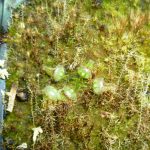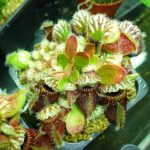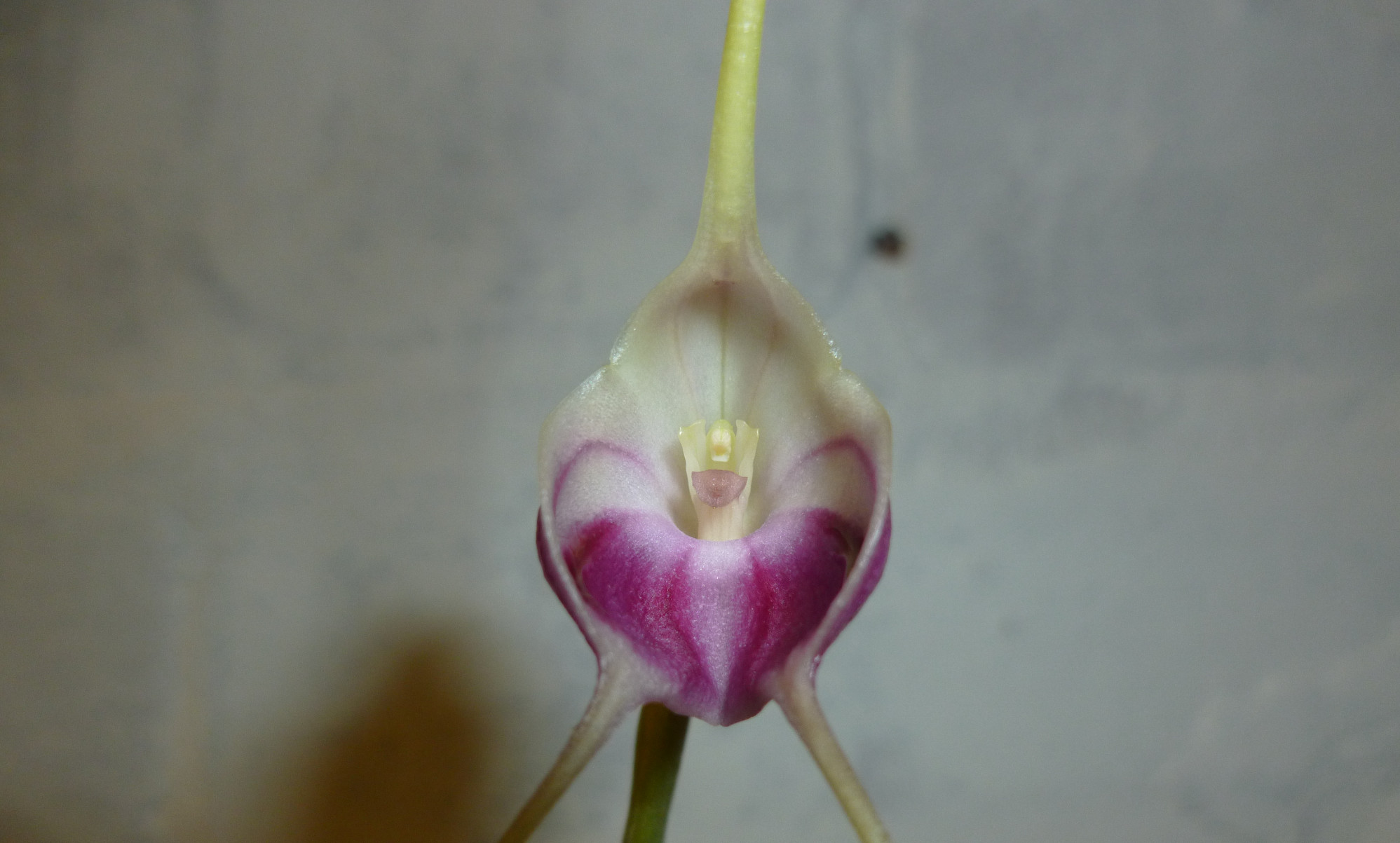There are many things in Australia that are deadly with curved vicious teeth and in parts of ‘straya, even the plants look like they’re about to come after you!
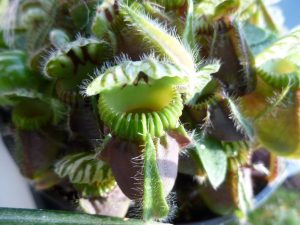
The Cephalotus follicularis plant (pictured above) is the only species of its genus and native to Western Australia.
Some people seem to struggle with growing this plant, but in my experience its actually quite forgiving as long as you mostly leave it alone to grow and remember to periodically give it water. It does seem to occasionally just give up by some accounts, but if you are able to keep it alive and happy, its a fascinating plant to grow with its red/green slipper shaped hairy, hooded pitchers surrounded by curved green teeth.
It grows well in a fairly wide range of conditions in the UK as long as kept above about 4°C up to around 35°C. The plant pictured above and below is my large Ceph’ affectionately called ‘big momma’ and it grows on a south facing windowsill. Summer temps are usually between 17-25°C in the summer and 14-20°C in winter which is reasonably close to its native range. I’ve stuck some plants I propagated into my highland tank for the winter, so it will happily cope with lower temps. Even a warmed greenhouse that stays above the frost limit will suit it well. Under-glass in summer, temperatures of 35-40°C shouldn’t concern it too much.
Usually a good growing mix is the standard peat/perlite mix for carnivorous plants but perhaps with a slightly greater percentage of perlite for extra drainage, also its recommended to add a horticultural sand to mimic its natural habitat. Don’t keep them as wet as the bog growing Venus flytraps and Sarracenias, but stand them in about a cm of water and let it dry before refilling. In winter a longer drying period should be used.
The plants grow fairly slowly – although ‘big momma’ seems to be flying in Ceph standards. Below is a picture from Jan when she was repotted next to a picture from today in late October.
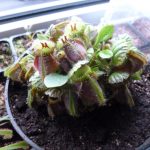
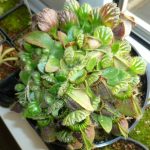
This may be down to a healthy appetite – below you can just see a fly drowning and being digested in the plants small, toothed pitcher.
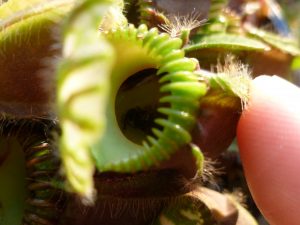
Although (usually) slow growing, the plant isn’t that difficult to propagate. Leaf pullings seem by far the easiest way. Late summer/Autumn 2016 I planted a range of leaf pullings – some in peat/sand/perlite, some in pure chopped sphagnum moss and others in the peat mix but with a ‘plug’ of sphagnum holding the leaf. The pure sphagnum seems to have given rise the the larger plants, but the peat with sphagnum plug works really well. This also means easier repotting down the line, as Cephs don’t like root disturbance and its often easier to break the old pot away and plant the entire thing into a ready made gap in the larger pot.
